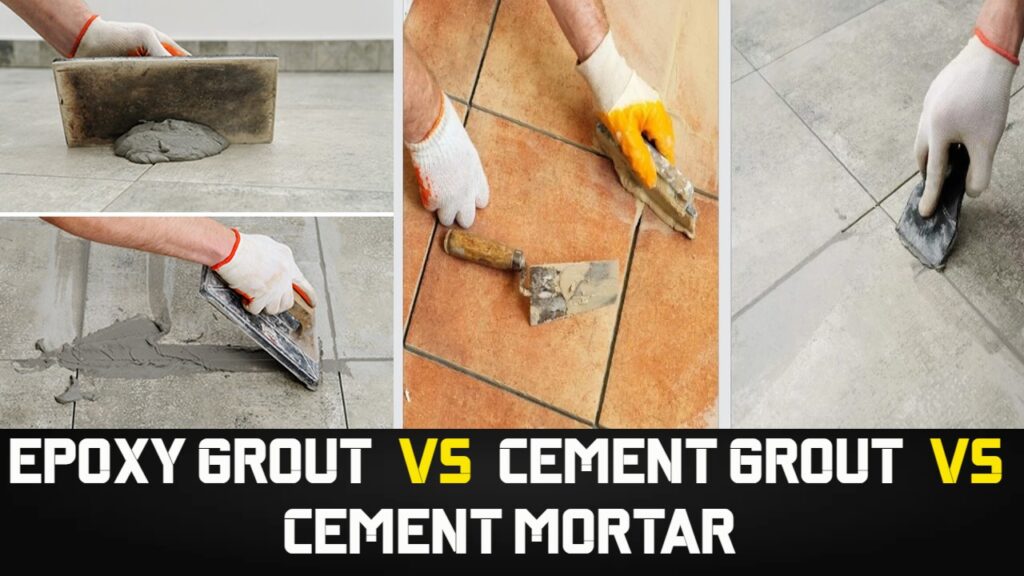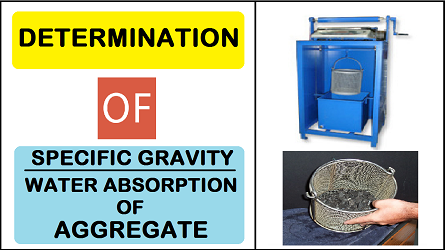Hello Friends, This is Mukesh from Learning Technology. I will tell you in today’s post, Determination of Fineness of Cement by Sieving in a very easy way.
Contents
Objective of Experiment
To determine the fineness of cement by sieving
Performance objectives
i) To explain the reaction of water with cement particles.
ii) To explain the phenomena of hydration and rapid hardening due to greater fineness.
iii) To explain the link of fineness of cement with gypsum and shrinkage.
iv) To set up the apparatus.
v) To follow the procedural steps with precautions.
vi) To record the observations appropriately.
vii) To prepare a report as per instruction.
Theory
The strength development of concrete is the result of the chemical reaction of water with cement particles. The reaction always starts at the surface of the cement particles. Thus larger the surface available for reaction, greater is the rate of hydration and strength development. The rapid development of strength requires the degree of fineness.
However, too much of fineness is also undesirable because the cost of grinding during the manufacture of cement is considerably high. Finer cement deteriorates more quickly when exposed to air and likely to cause more shrinkage but less prone to bleeding. The fineness of cement is controlled by a minimum specific surface area defined as the surface area of cement particles per gram of cement. For ordinary Portland cement, the specific surface area should not be less than 2250 centimeter square per gram. Checking fineness of cement through sieving is an indirect method and it is easily done in the laboratory. The specific surface area of cement can be measured by Blaine’s Air permeability of the cement apparatus.
ALSO READ
- Determination of Initial and Final Setting Time of Cement
- Compressive Strength Test of Cement
- Fineness Modulus of a Sample of Fine Aggregate
- Determination of Normal Consistency of Cement
- Specific Gravity Test for Bitumen
- Bitumen Penetration Test – Consistency Test
- Softening Point of Bituminous Materials
- Aggregate Abrasion Value Test
- Flash and Fire Points of Bituminous Materials
Apparatus used
1) Balance – Capable of reproducing results within 0.0002 gram with an accuracy of ± 0.0002 gram.
2) Sieve of size 90 Micron confirming to IS 460 – 1985 (Part-1).
3) Brush – A nylon or pure bristle brush preferably with 25 mm to 40 mm for cleaning the sieve.
4) Trowel.
5) Tray of size 300 x 300 mm
Procedure
i) Weight accurately 100 grams of cement and place it on a standard IS 90 Micron.
ii) Break down the lumps in the sample with a finger.
iii) Continuously sieve the sample giving circular and vertical motion for a period of 15 minutes. A mechanical sieve device also can be used.
iv) Weigh the residue left on the sieve after 15 minutes.
According to IS: 269 specifies that the maximum residue after sieving through 90 Micron sieve should be limited to 10% by weight for Ordinary Portland Cement and 5% by weight for Rapid Hardening Portland Cement.
Observations
| Description of items | Sample I | Sample II | Sample III |
| Weight of Cement W (gm) | 100 | 100 | 100 |
| IS sieve size (Micron) | 90 | 90 | 90 |
| Sieving time (minutes) | 15 | 15 | 15 |
| Weight retained on sieve W1 (gm) | |||
| Percent weight retained on sieve (W1/W x 100) | |||
| Mean Percentage |
Precautions
1. The cleaning of the sieve should be done very gently with the help of a brush.
2. After sieving, the cement must be removed from the bottom surface of the sieve gently.
3. Weighing machines must be checked before use.
Conclusion
Compare your values with standard values from the type of cement used and give your comments on the suitability of using cement samples for construction purposes.
ALSO READ
- Determination of Flakiness and Elongation Index of Coarse Aggregates
- Stripping Value of Road Aggregate by Dynamic Immersion Method
- Determination of Efficiency of a Centrifugal Pump
- Calibration of V-Notch Experiment
- Aggregate Impact Value Test as per IS 2386 (Part-IV) 1993
- Aggregate Crushing Value Test
- Water Content of Soil by Oven Drying Method






